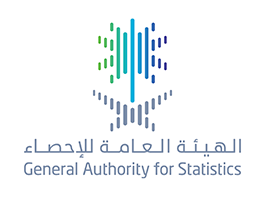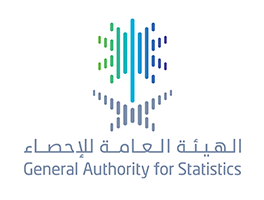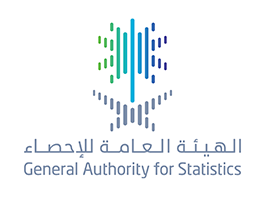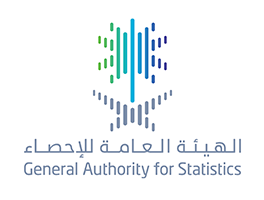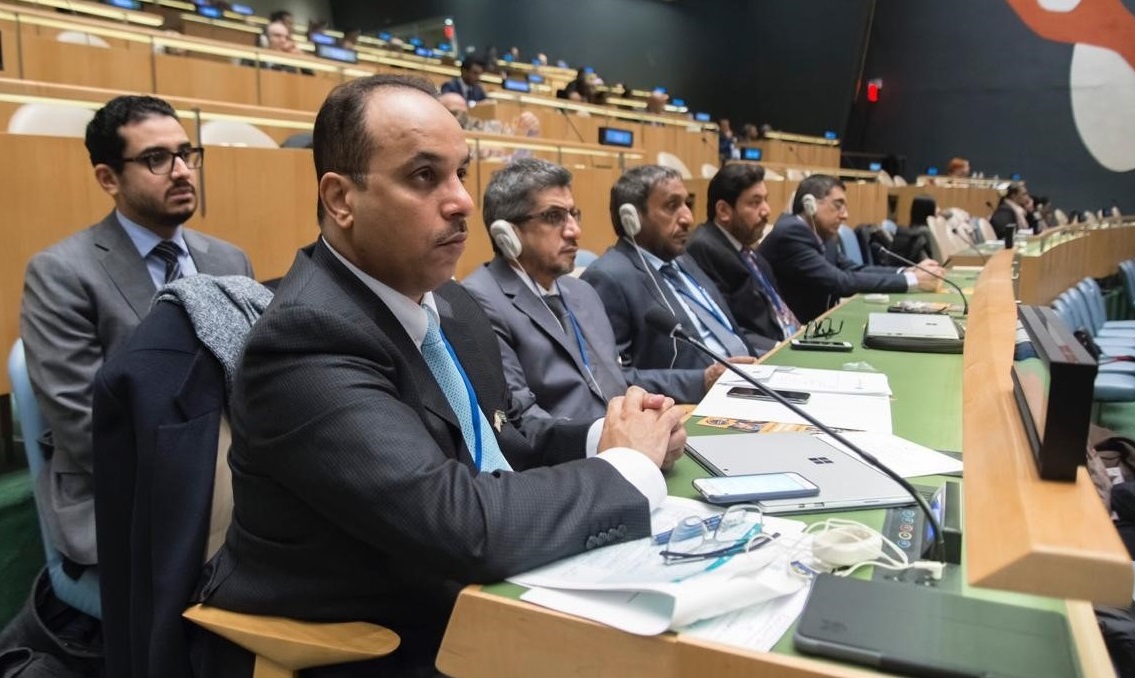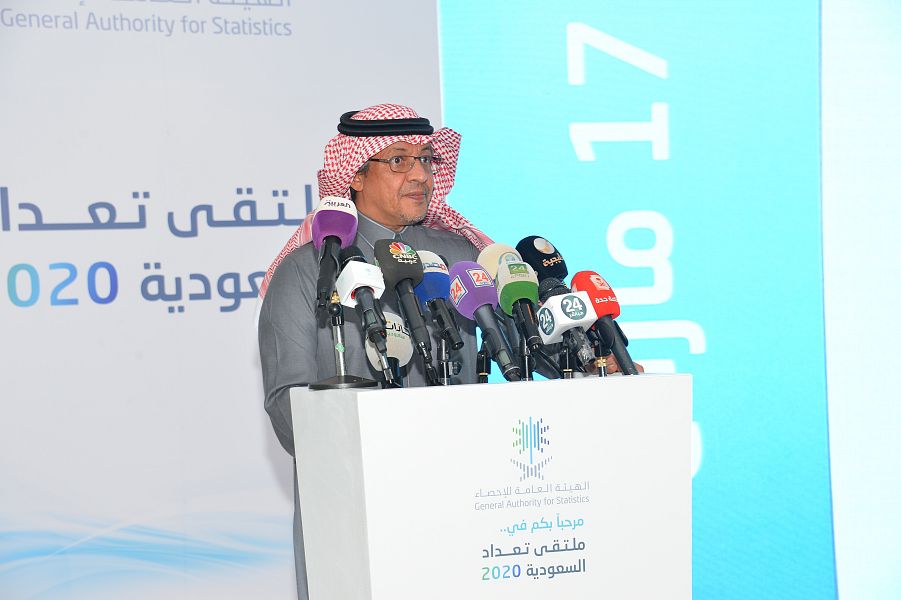Saudi Arabia Ends its Participation in the Works of the United Nations Statistical Commission (50th Round)
18-03-2019
Saudi Arabia Ends its Participation in the Works of the United Nations Statistical Commission (50th Round)
Yesterday 9, Mar 2019, Saudi Arabia Ends its Participation in the works of the United Nations Statistical Commission (50th Round). It started last Tuesday until yesterday evening at the United Nations headquarter in New York City. The delegation was headed by his Excellency Dr. Fahad bin Sulaiman Altekhaifi, president of the General Authority for Statistics. The participation was an extension of the Authority strategy for international collaboration, Altekhaifi said. Also, to benefit from the best statistical practices to be reflected on the development of the statistical sector in Saudi Arabia, he added. Moreover, Saudi Arabia has reviewed a number of development axes for the statistical sector. The works of the (50th) meeting dealt with a number of important topics related to the role of statistical data in the development process, the fundamental principles of official statistics, open data and national quality assurance frameworks, regional statistical development, discussing all the matters related to national accounts and price, international trade statistics, industrial statistics, and statistics related to disasters, in addition to education statistics.
the General Authority for Statistics of Saudi Arabia will publish a statistical report of the goals of sustainable development indicators with social, economic and environmental dimensions in time series that will ensure measuring the progress in achieving them, President of GASTST clarified. Saudi Arabia is working alongside with international organizations of the indicators to measure all the indicators correctly, he added.
The Authority participated in the Works of the United Nations Statistical Commission through a variety of themes and issues, including: educational Statistics which indicated that training and education sector in the kingdom of Saudi Arabia witnesses an increasing attention under Saudi Arabia's Vision 2030, and national transformation program which has developed many initiatives related to the development of education and training and aims to raise the quality of education and training outputs, make them relevant to the labor market and encourage creativity and innovation in scientific research as the policy-making and planning in this field requires accurate and comprehensive data to support decision makers. It has also developed register-based data of education, through conducting a household survey regularly every three years for training and education.
General Authority for Statistics will provide a quality services in order to reach the expectations and the needs. It will also provide high quality services through statistical data collection as well as analyzing, keeping and publishing the data. Also, through implementing and improving the quality system. It seeks to fully implement the National Accounts System 2008 which helped in developing many forms of economic and household surveys to assist obtaining the necessary data to apply all the accounts in accordance with the concepts of the System of National Accounts 2008, GASTAT is also working to build national accounts and economic statistics capabilities to enable them to carry out their tasks in accordance with the recommendations of international standards.
GASTAT also stressed on the importance of understanding the system of national accounts for urgent economic developments, and prepare accessories to the System which clarifies how to address these developments through theoretical framework and applied framework as well as show experiences of countries.
It is worth mentioning that Saudi Arabia has been chosen with (11) countries globally to fill the membership of the board of directors of the International Comparison Program in the United Nation of the period 2017-2019, based on the vote of the Statistics Division of the United Nation and Data Development Group of the international bank to represent the countries of Western Asia. Saudi Arabia has been chosen to this membership as appreciation to the positive role of GASTAT in various statistical programs organized by the United Nation. The formation of the administrative structure of the International Comparison Program includes: United Nation Statistical Commission, management board (GASTAT membership), the joint work teams among agencies, consulting and technical coordination committees, as well as the implementing international agency (World Bank), regional offices, the Statistical Office of the European Union (Euro stat), the Organization of Cooperation and Development, and the participating national statistical offices.

